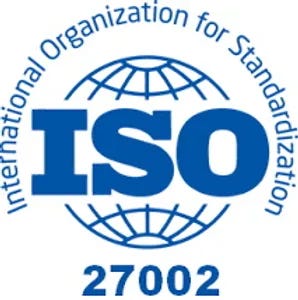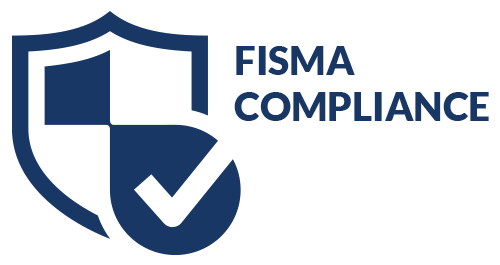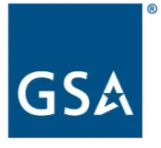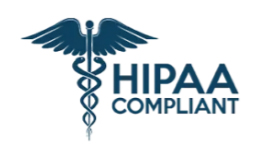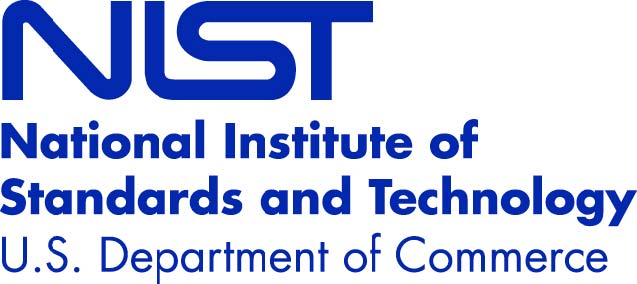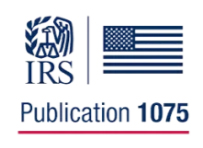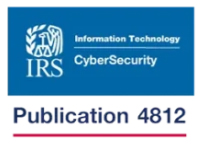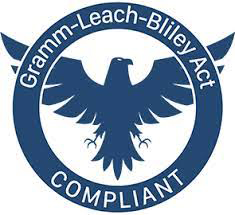Bad debt recovery in healthcare has become increasingly complex as regulations tighten and traditional methods face mounting restrictions. From CFPB guidelines to credit bureau limitations, providers must now adapt to new realities while continuing to optimize financial performance. The good news? There are innovative strategies that allow healthcare organizations to maximize recoveries while staying compliant and preserving patient relationships.
This blog explores actionable solutions to recover more effectively under today’s challenges, offering insights backed by industry data and expert recommendations.
The New Reality: Challenges in Recovering Bad Debt
- CFPB Regulations
The Consumer Financial Protection Bureau now requires a 12-month delay before unpaid medical debts can be reported to credit bureaus. Additionally, medical debts under $500 are excluded from reporting altogether.
Stat: Over 70% of medical collection trade lines are no longer reported to credit agencies due to these changes (CFPB, 2023).
Visual Suggestion: Include an infographic timeline illustrating CFPB guideline milestones, such as:
-
- 12-month reporting delay
- $500 credit reporting exemption
- Fair Debt Collection Practices
This timeline will give readers a clear understanding of how the landscape has evolved.
- Credit Bureau Limitations
Credit agencies like Equifax, Experian, and TransUnion have implemented stricter reporting standards. These rules reduce the leverage that traditional credit reporting once provided, requiring providers to seek alternative strategies. - Rising Patient Expectations
Today’s patients expect transparency, flexibility, and empathy in financial communications. Providers must strike a delicate balance between recovering bad debt and maintaining positive patient experiences.
Stat: 55% of patients are more likely to pay if they receive clear, patient-friendly bills (InstaMed, 2022).
Visual Suggestion: Use a comparison bar graph showing patient preferences for communication channels (e.g., email, text, phone).
Strategies to Maximize Bad Debt Recoveries
- Shift to Proactive Engagement
Instead of waiting for bills to go unpaid, engage patients early with clear communication about financial responsibilities. Leverage pre-service financial counseling and provide cost estimates upfront.
- Automated Payment Reminders: Use text messages or emails to remind patients of upcoming payments or past-due balances.
- Digital Tools: Implement patient portals that offer easy access to billing statements, payment plans, and financial assistance resources.
Pro Tip: Studies show that patients are 30% more likely to respond to digital payment reminders than traditional phone calls (McKinsey, 2022).
Visual Suggestion: Add a workflow diagram showing proactive engagement steps, such as:
- Pre-service counseling.
- Automated reminders.
- Flexible payment options.
- Embrace Predictive Analytics
Leverage AI-powered analytics to identify which accounts are most likely to pay and focus resources accordingly. Predictive tools can also help segment patients based on their financial profiles, enabling tailored communication strategies.
- Prioritization: Focus on accounts with higher likelihoods of recovery to maximize efficiency.
- Personalization: Adjust outreach tone and content to fit patient needs, improving response rates.
Stat: Predictive analytics can boost recovery rates by up to 35% while reducing collection costs (Becker’s Healthcare, 2023).
Visual Suggestion: Use a pie chart to illustrate the impact of predictive analytics on recovery rates and cost savings.
- Implement Flexible Payment Plans
Offer payment options that accommodate patients’ financial circumstances, such as interest-free installments or income-based repayment plans. Flexible solutions not only improve collections but also enhance patient satisfaction.
- Ensure that payment plans are easy to enroll in and manage via online systems.
- Train staff to explain these options clearly during patient interactions.
Stat: 44% of patients are more likely to pay if offered flexible payment terms (RevCycle Intelligence, 2022).
- Focus on Empathy and Professionalism
Aggressive collections tactics are not only non-compliant but also damage patient relationships. Instead, train staff to adopt an empathetic approach to patient communications.
- Active Listening: Understand patients’ financial concerns and offer solutions.
- Empathy Training: Equip staff with the skills to communicate compassionately, even in challenging scenarios.
Stat: Providers that focus on empathy report a 20% improvement in recovery rates (HFMA, 2023).
Visual Suggestion: Add a side-by-side visual comparing aggressive vs. empathetic communication approaches and their impact on recovery rates.
- Use Outsourcing Strategically
Consider partnering with professional debt recovery agencies specializing in healthcare collections. Choose vendors that prioritize patient-friendly approaches and align with your compliance needs.
- Ensure the agency uses advanced technology like RPA (Robotic Process Automation) to streamline processes.
- Verify that all communications meet CFPB and HIPAA standards.
Stat: Outsourcing collections can reduce internal costs by 25% and improve overall recovery efficiency (ACA International, 2023).
Visual Suggestion: Include a case study visual showing before-and-after metrics of a provider using outsourcing for collections.
Measuring Success: Key Metrics for Bad Debt Recovery
To gauge the effectiveness of your recovery strategy, track these critical KPIs:
- Recovery Rate: The percentage of bad debt recovered.
- Days Sales Outstanding (DSO): The average time it takes to collect payment.
- Patient Satisfaction Scores: A measure of how your financial communications impact patient relationships.
- First Contact Resolution Rate: The percentage of accounts resolved during the first outreach.
Pro Tip: Providers that regularly monitor and adjust their strategies based on KPI data recover 15% more on average (RevSpring, 2023).
Visual Suggestion: Use a dashboard graphic showcasing key metrics like Recovery Rate, DSO, and Patient Satisfaction Scores.
Conclusion: Adapting to Thrive
Maximizing bad debt recoveries under the current limitations requires healthcare providers to rethink traditional approaches and embrace innovative strategies. From early patient engagement and predictive analytics to empathetic communication and outsourcing, these solutions ensure compliance while driving financial success.
While the challenges are real, so are the opportunities. By putting patients at the center of your recovery strategy and leveraging the latest technology, you can achieve exceptional results without relying on credit reporting.
Call to Action: Contact us today to learn how these strategies can transform your collections process!
